
China launches asteroid sampling mission with Tianwen-2 probe (Photo: CASC).
Early this morning (May 29), China officially launched the Tianwen-2 probe into orbit using a Long March 3B rocket, departing from the Xichang launch center, Southwest China.
This is the second mission in the country's deep space exploration program, following the success of Tianwen-1 to Mars in 2020.
Tianwen 2's primary goal is to reach the asteroid Kamoʻoalewa (2016 HO3), collect a sample and return it to Earth around 2027, and continue the extended journey to comet 311P/PANSTARRS in 2035.
Kamoʻoalewa: Strange Piece of the Moon?
Kamoʻoalewa is a small asteroid, about 50 meters across, that orbits the Sun near Earth's orbit.
What makes it special is that it acts as a "pseudo-satellite" ( scientific name: quasi-satellite), meaning it stays close to Earth for hundreds of years, but is not exactly our satellite.

Image depicting asteroid Kamoʻoalewa orbiting Earth (Photo: Scitech Daily).
Many scientists even believe that Kamoʻoalewa may be debris from the lunar surface, thrown off by a large impact in the past.
By analyzing samples from this asteroid, researchers hope to better understand the origin of the celestial body, the history of collisions in the Solar System, and even the formation of Earth.
The data collected could also inform planetary defense plans – an area of growing interest given the risk of potential asteroid collisions with Earth in the future.
Ambition to catch up with the US in deep space exploration
Both China and the United States have been conducting asteroid sampling missions with the goal of exploring the origin and evolution of the Solar System.
While NASA's OSIRIS-REx mission has completed and is moving on, China's Tianwen-2 is in the early stages of an ambitious plan that will last more than a decade.
It is known that Tianwen 2 will test a series of advanced space sampling techniques, which have been and are being used in international missions such as OSIRIS-REx (NASA) or Hayabusa2 (JAXA).

Zhang Rongqiao, chief designer of China's Mars exploration mission, introduced the design of the Zhurong rover (Photo: Xinhua).
A typical example is the “Touch-and-Go” (TAG) technique, which allows the spacecraft to approach the surface, lightly touch to collect samples, and then immediately leave, helping to minimize risks in low-gravity environments.
Along with that, the "projectile sampling" technique uses small projectiles fired at the asteroid surface to create fragments, from which materials can be collected, as the Hayabusa2 mission successfully applied on Ryugu.
For landing surfaces, the “anchor-and-attach” technique – as envisioned by Tianwen 2 – would allow the spacecraft to land and anchor itself to the asteroid to dig deep and collect samples from the primitive material below.
Research teams are also developing a “sweeping and grinding” technique for use on missions to more effectively access hard or uneven surfaces.
After completing its collection, Tianwen 2 will return to Earth, releasing the sample into the re-entry capsule. Using Earth’s gravity, it will be guided to continue its journey to comet 311P/PANSTARRS, where it will conduct long-term observations using a system of cameras, spectrometers, radar, and magnetometers – helping to further decipher big questions such as the origin of water on Earth or the evolution of matter in the Solar System.
The Tianwen-2 mission is not only a major step forward in China's technology and science, but also part of a global race in deep space exploration and exploitation. With a long-term strategy, China is laying the foundation for its own space future, contributing to humanity's common understanding of the vast Universe.
Source: https://dantri.com.vn/khoa-hoc/trung-quoc-khoi-dong-su-menh-khong-gian-sau-muc-tieu-vuot-my-20250529085205980.htm


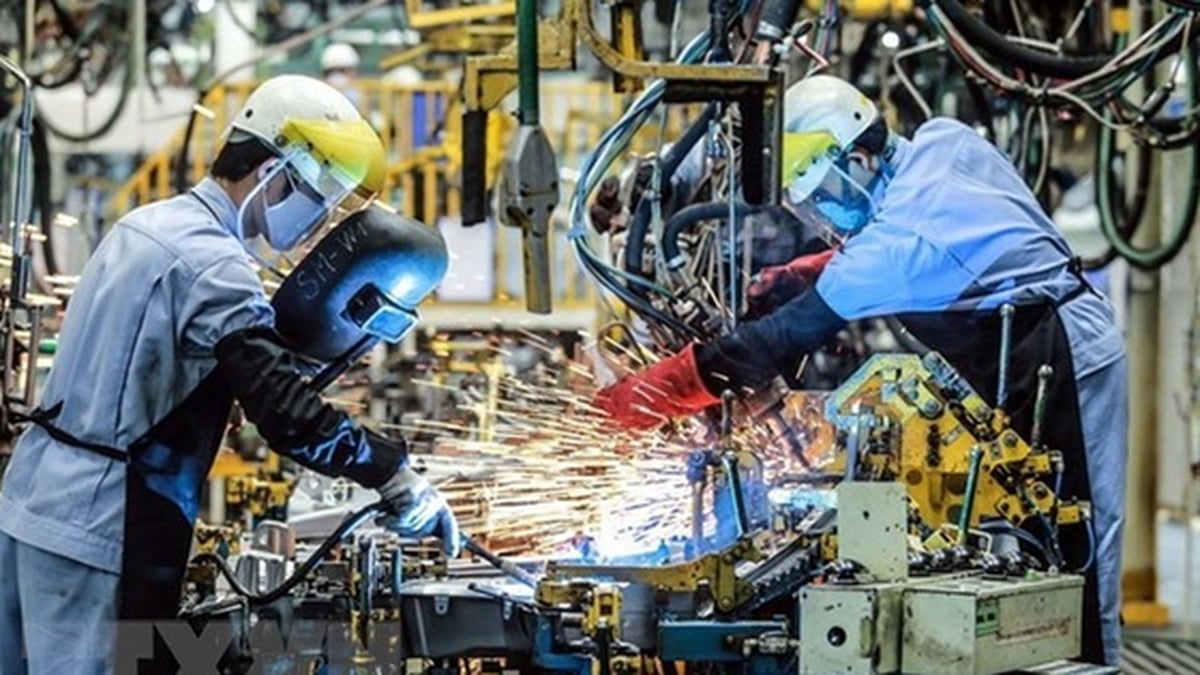
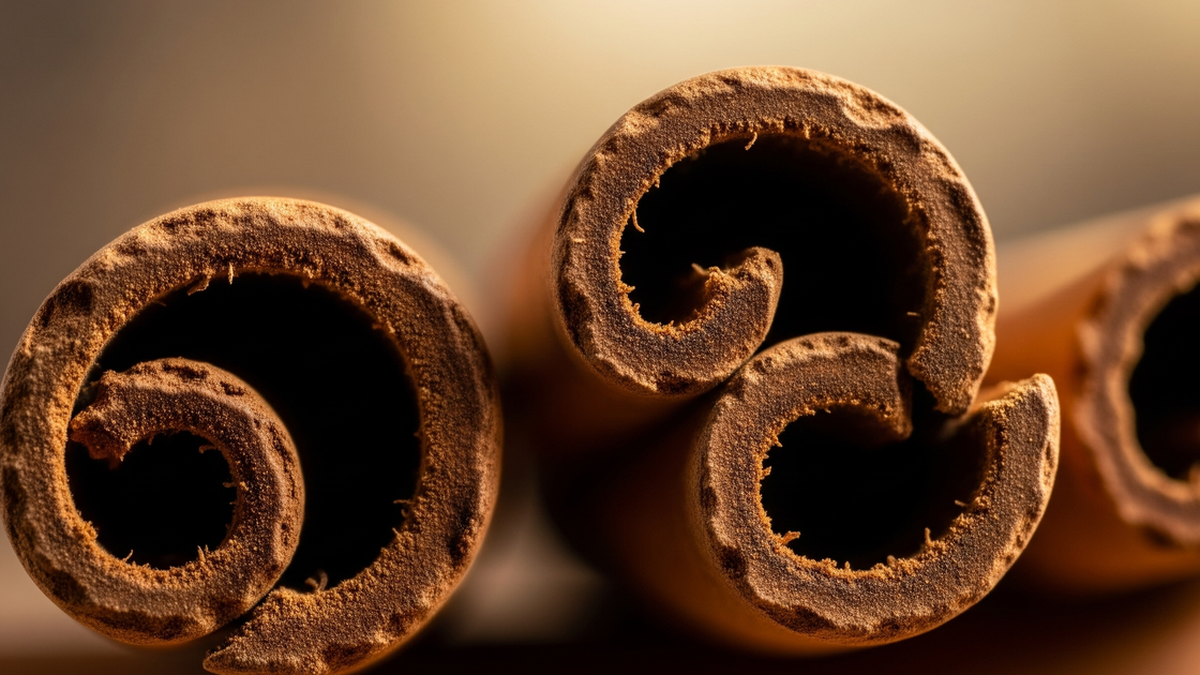



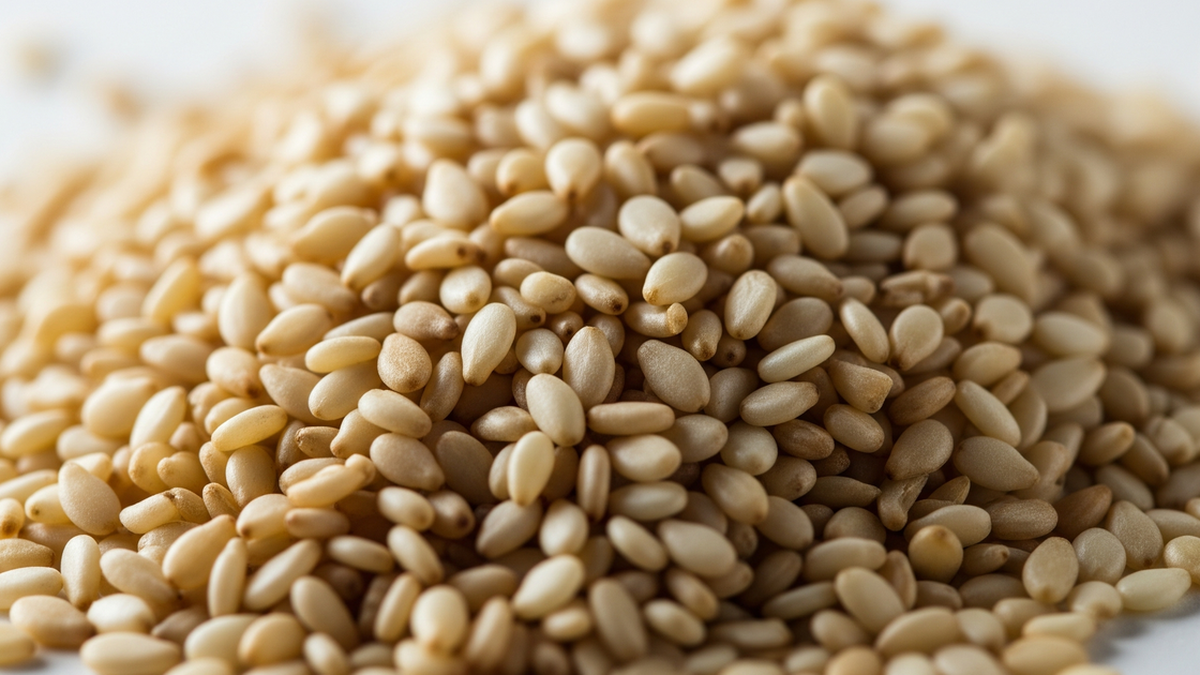
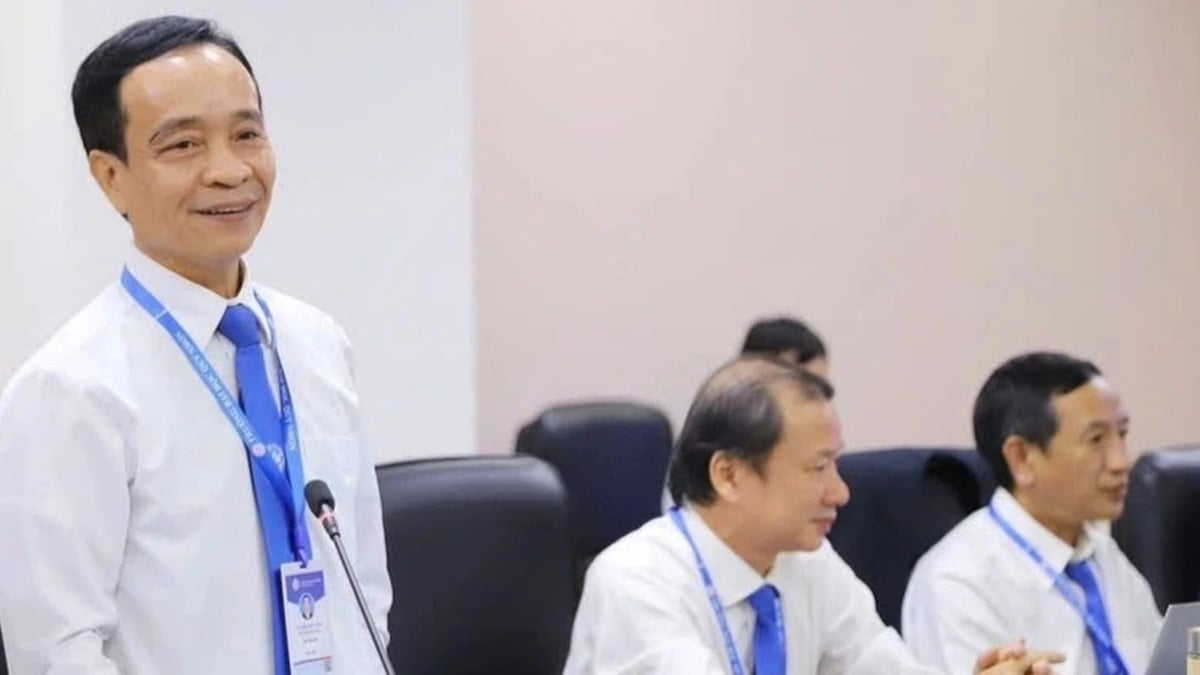

























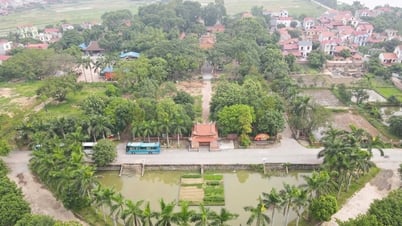



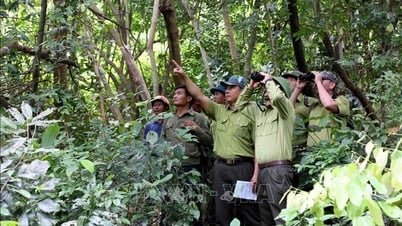









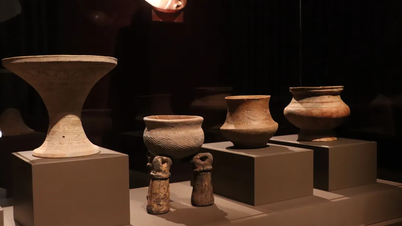


![[Maritime News] More than 80% of global container shipping capacity is in the hands of MSC and major shipping alliances](https://vphoto.vietnam.vn/thumb/402x226/vietnam/resource/IMAGE/2025/7/16/6b4d586c984b4cbf8c5680352b9eaeb0)





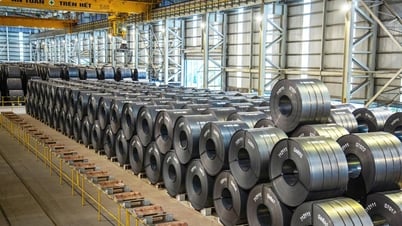
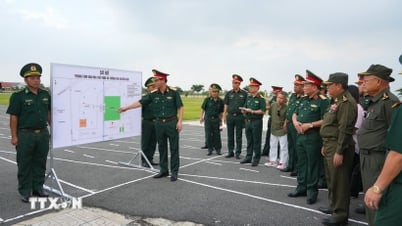


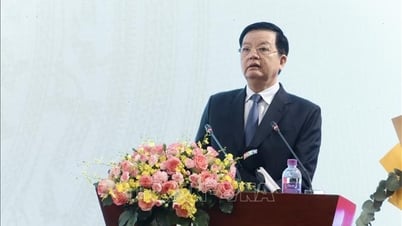



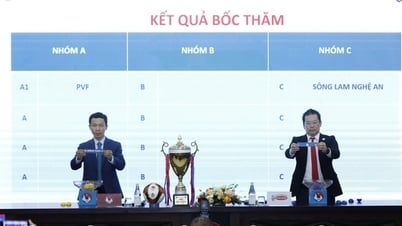

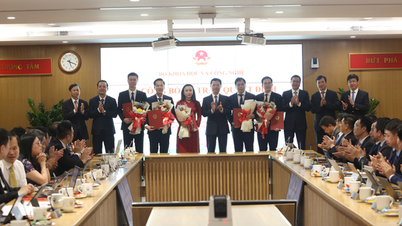


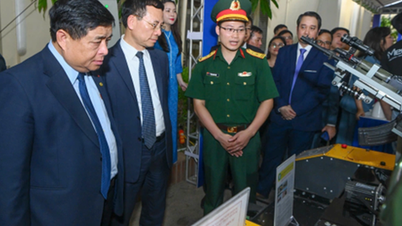











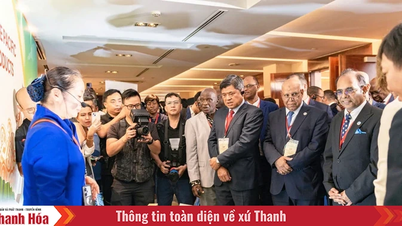














Comment (0)